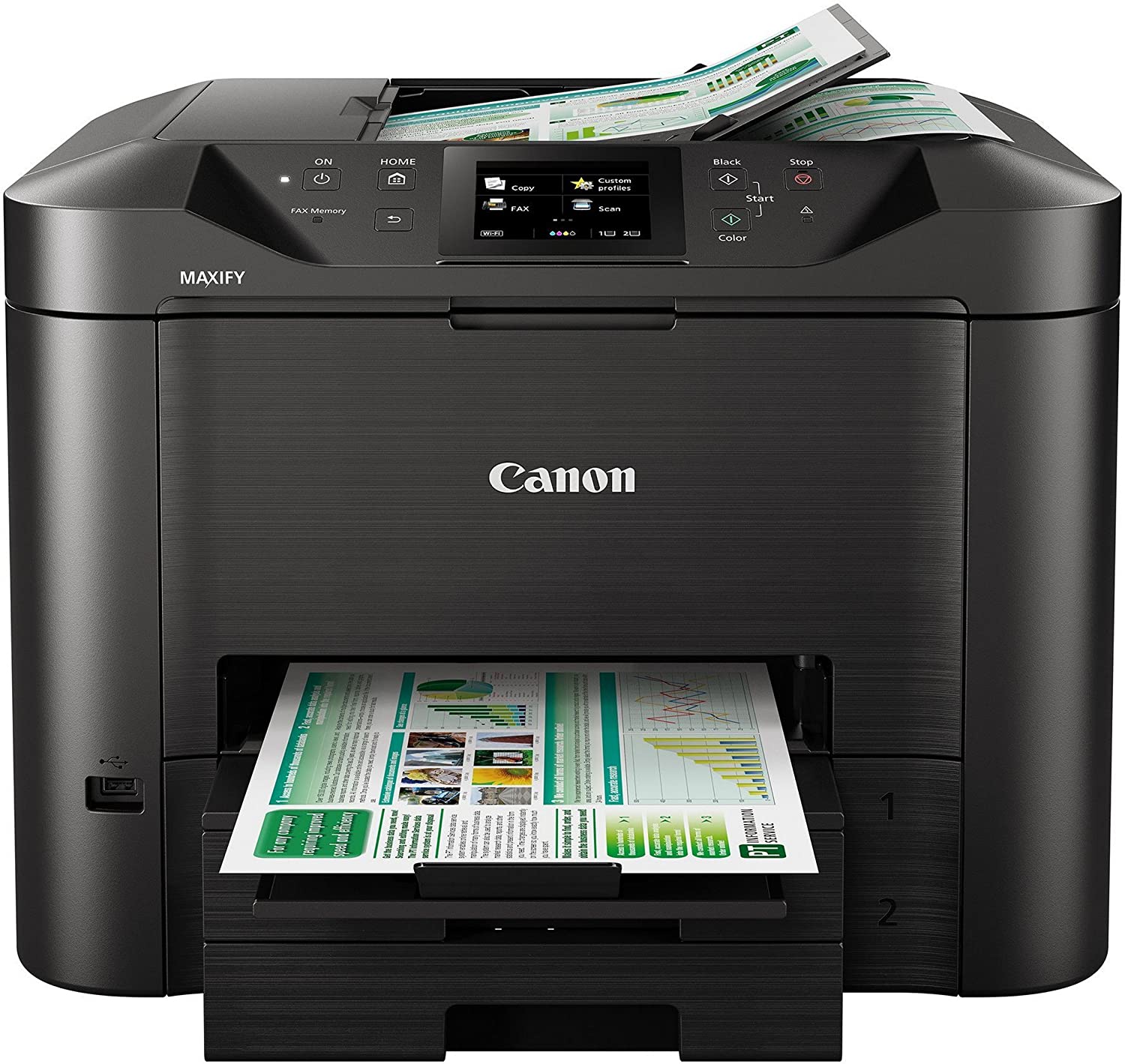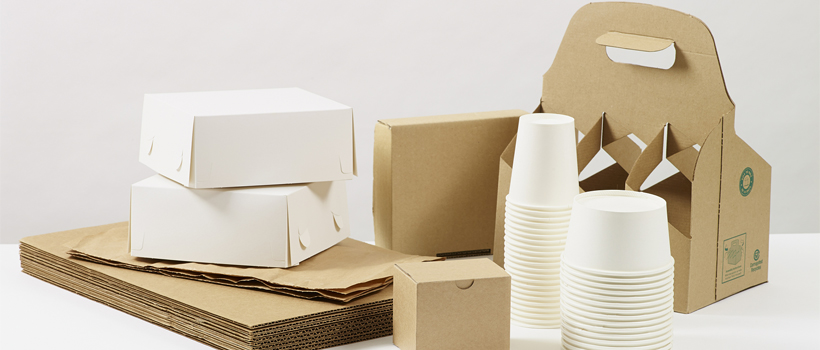In an era where digital media often takes center stage, the printing industry remains a vital component of communication, marketing, and branding. Understanding the various printing processes is essential for businesses and individuals alike, whether you are looking to produce high-quality marketing materials, packaging, or even fine art prints. This article delves into the three main printing processes: Offset Printing, Digital Printing, and Flexographic Printing, highlighting their unique characteristics, applications, and advantages.
- Offset Printing: The Traditional Powerhouse
Offset printing, also known as lithography, is a time-tested printing method that has been the backbone of the commercial printing industry for decades. This process involves transferring an inked image from a plate to a rubber blanket and then onto the printing surface, typically paper.
Key Characteristics:
- High Quality: Offset printing produces sharp, clean images and text, making it ideal for high-quality publications such as magazines, brochures, and books.
- Cost-Effective for Large Runs: While the initial setup costs can be high due to plate creation, the cost per unit decreases significantly with larger print runs, making it economical for bulk printing.
- Versatility: Offset printing can accommodate a wide range of paper types and sizes, allowing for creative flexibility in design.
Applications:
Offset printing is widely used in commercial applications, including:
- Magazines and newspapers
- Brochures and catalogs
- Stationery and business cards
- Packaging materials
- Digital Printing: The Modern Solution
Digital printing has revolutionized the printing industry by allowing for on-demand printing without the need for traditional printing plates. This process uses digital files, such as PDFs, to produce prints directly onto various substrates.
Key Characteristics:
- Quick Turnaround: Digital printing offers rapid production times, making it ideal for short runs and last-minute projects.
- Customization: Each print can be customized without additional setup costs, allowing for personalized marketing materials and variable data printing.
- Lower Setup Costs: Unlike offset printing, digital printing requires minimal setup, making it cost-effective for small quantities.
Applications:
Digital printing is particularly suited for:
- Business cards and stationery
- Custom packaging
- Promotional materials
- Short-run books and publications
- Flexographic Printing: The Versatile Workhorse
Flexographic printing, often referred to as flexo, is a relief printing process that uses flexible photopolymer plates to transfer ink onto a variety of substrates. This method is especially popular in packaging and label printing.
Key Characteristics:
- Speed and Efficiency: Flexographic printing is known for its high-speed production capabilities, making it suitable for large-volume jobs.
- Wide Range of Substrates: Flexo can print on various materials, including plastic, film, and paper, making it versatile for different applications.
- Eco-Friendly Options: Many flexographic inks are water-based, reducing the environmental impact compared to solvent-based inks.
Applications:
Flexographic printing is predominantly used in:
- Packaging (labels, bags, cartons)
- Flexible packaging
- Corrugated containers
- Newspapers
Conclusion: Choosing the Right Printing Process
Selecting the appropriate printing process depends on various factors, including the project’s scale, budget, and desired quality. Offset printing excels in high-volume, high-quality projects, while digital printing offers flexibility and speed for smaller runs. Flexographic printing stands out in the packaging sector due to its efficiency and versatility.



